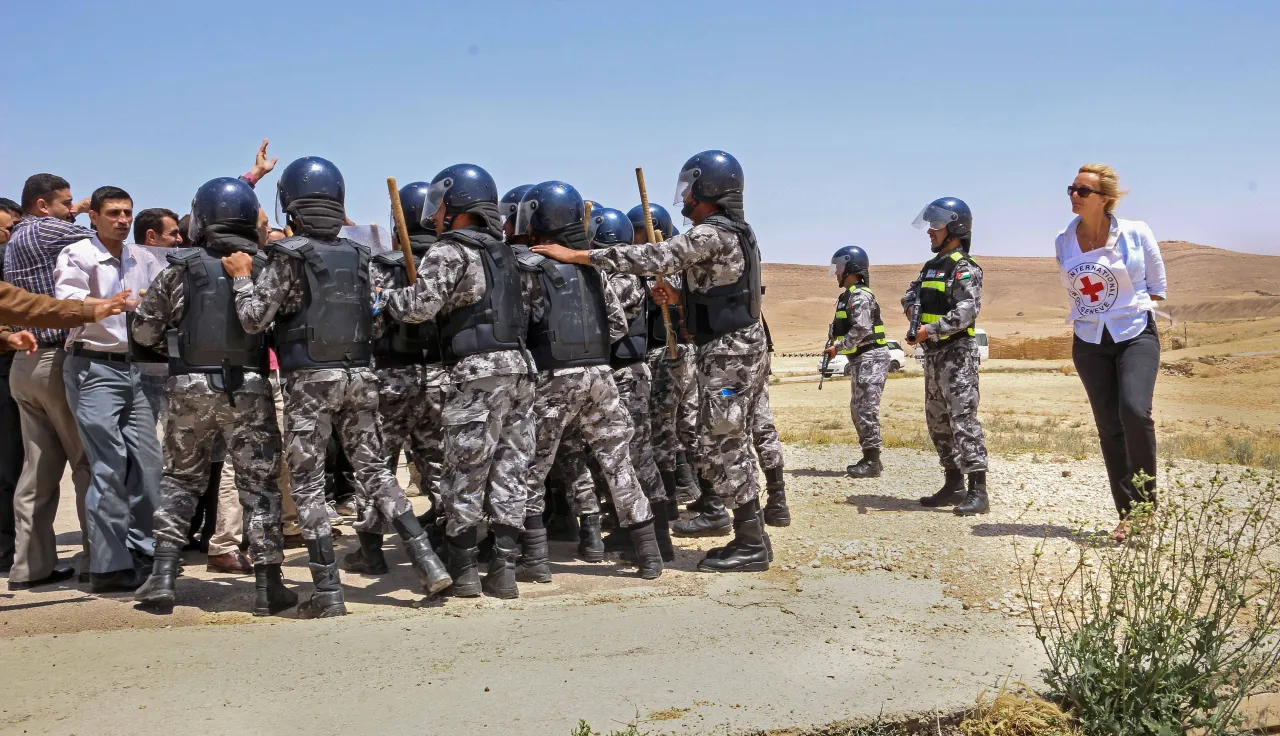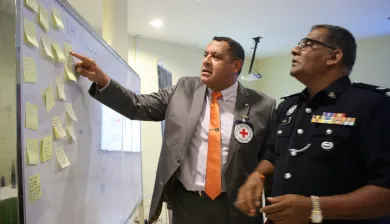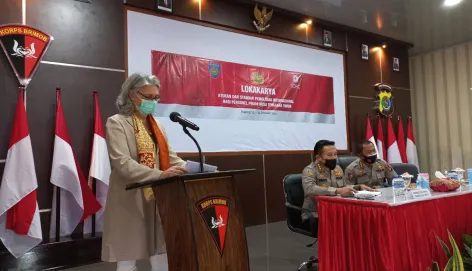The use of force in law enforcement operations
States often face situations in which their officials must use force to maintain or restore public security and law and order in armed conflicts or other situations of violence. Force can be used in law enforcement operations by people who exercise state powers, including police and military forces. Such use of force is mainly governed by international human rights law and domestic law and must be strictly regulated by states. Notably, states must ensure that national legislation is brought into line with their international obligations and sanction their officials if they use force in an excessive or otherwise arbitrary way.







